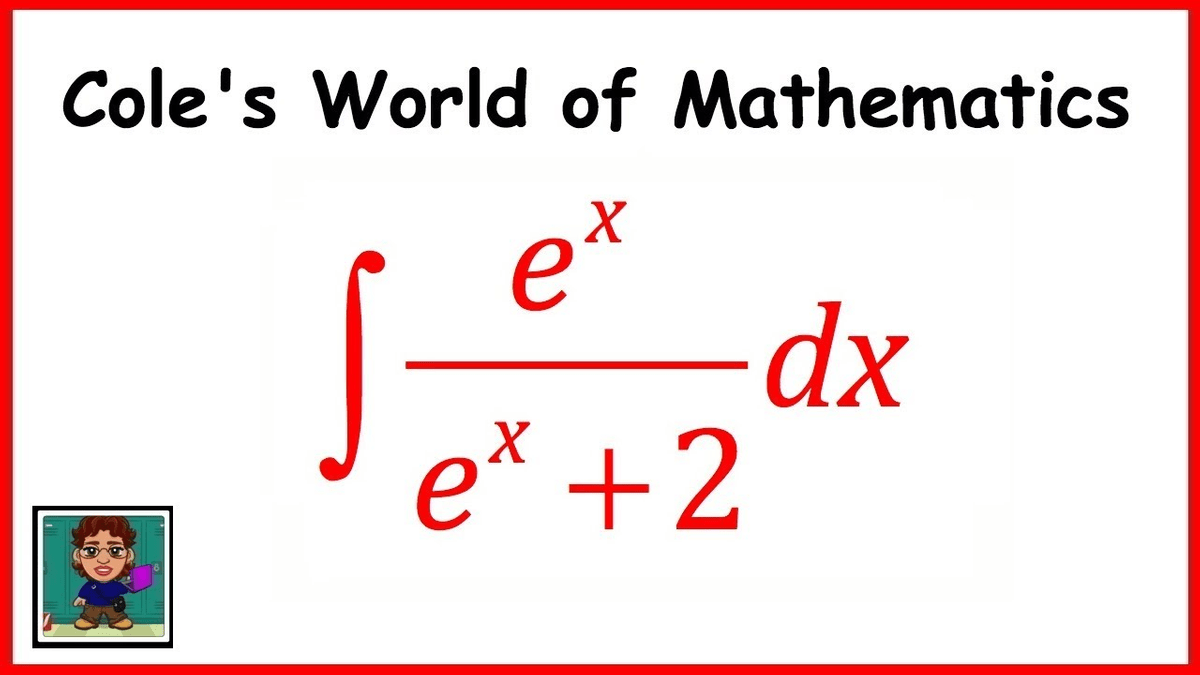We have thatįor our ΔA we will use ΔA=rΔθΔr as seen in the figure. Seen from above we basically integrate the whole area by adding small areas ΔA=ΔxΔy. Since the integral with respect to y can be seen as a constant seen from the respect to x, then we can move the whole integral inside the other. So we start by making the integral into a two integrals, one in the x– and the y-direction.
So what to do? The trick is to realize that an infinite rectangle is the same as an infinite square. The problem is that you cannot find a primitive function to the integrand, no matter what you do. This method is, I think, attributed to Gauss. This is definitely one of the classical difficult integrals. Next page : The integral of e^(-x^2) from –infinity to infinity a second way
Previous page : The integral of ln(x+1)/(x^2+1) dx from 0 to 1




